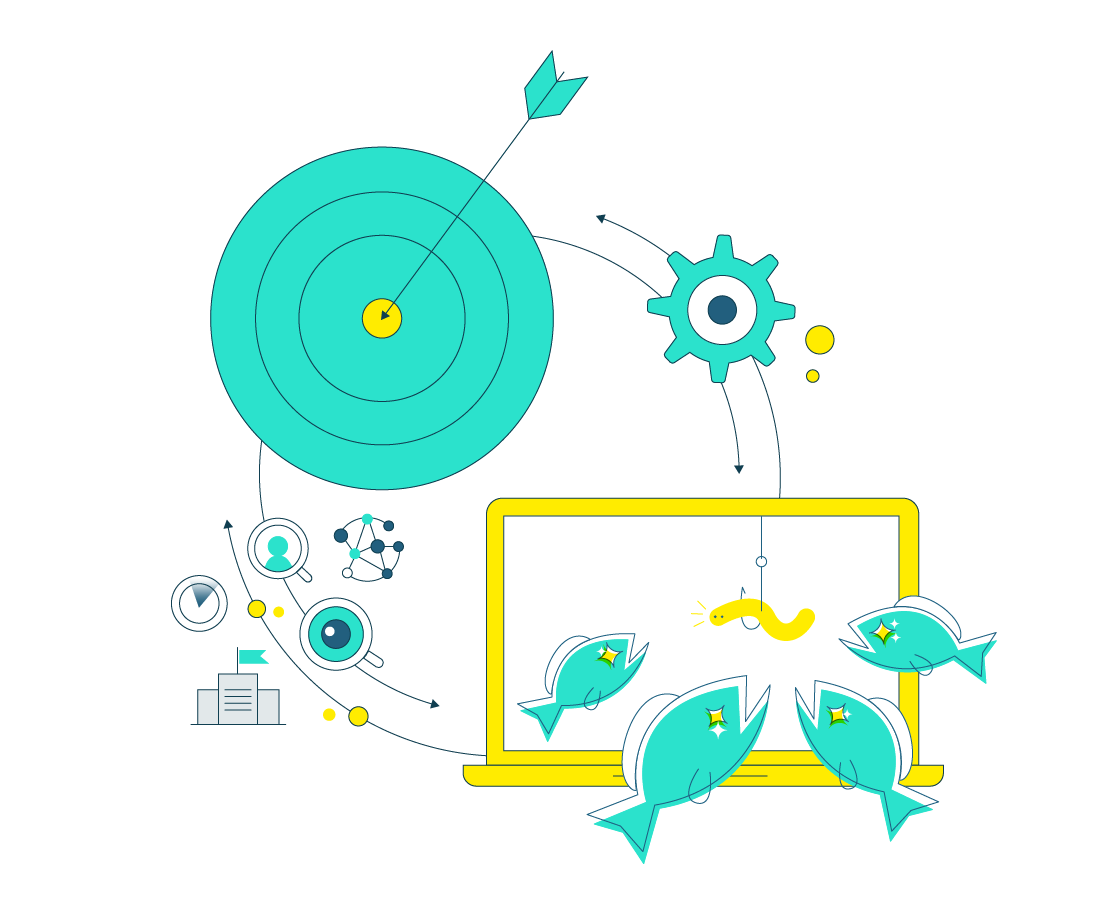
Impactful e-learning at the Customer Service Academy
Impactful e-learning at the Customer Service Academy
White Hat / Customer Service Acedemy
White Hat is Finland’s most experienced customer service optimisation agency. The company’s mission is to make Finnish customer service the smoothest in the world and to help organisations manage their customer service in a smart and efficient way, based on facts, industry best practices and data.
![]() Challenge
Challenge
Turning training into a scalable business
White Hat’s service portfolio includes both consulting and training services. The challenge was how to make training independent of time and place and enable a new, scalable business.
![]() Solution
Solution
the Customer Service Academy – an effective e-learning platform
The Customer Service Academy is a web-based, inspiring and interactive coaching platform for customer service managers, leaders and experts.
Intolead conceptualised and implemented the academy and online coaching in a digital learning environment that enables a modern and engaging way of learning.
The main idea behind the trainings is to provide an understanding of best practices in customer service and to bring more skills and tools to successfully manage customer service on a day-to-day, knowledge-based basis.

![]() Results
Results
Future-proof approaches for today’s key customer service personnel
The Customer Service Academy is a concrete and inspiring way to develop your professional skills in a self-directed and self-paced way. The platform also integrates easy-to-use e-commerce functionality. The Academy has received good feedback from users and has brought new business opportunities for White Hat.

Intolead’s input and expertise in areas such as pedagogy, visual and user interface design have been key to the successful implementation of the Academy.
Samuli Ketola
Partner / White Hat







